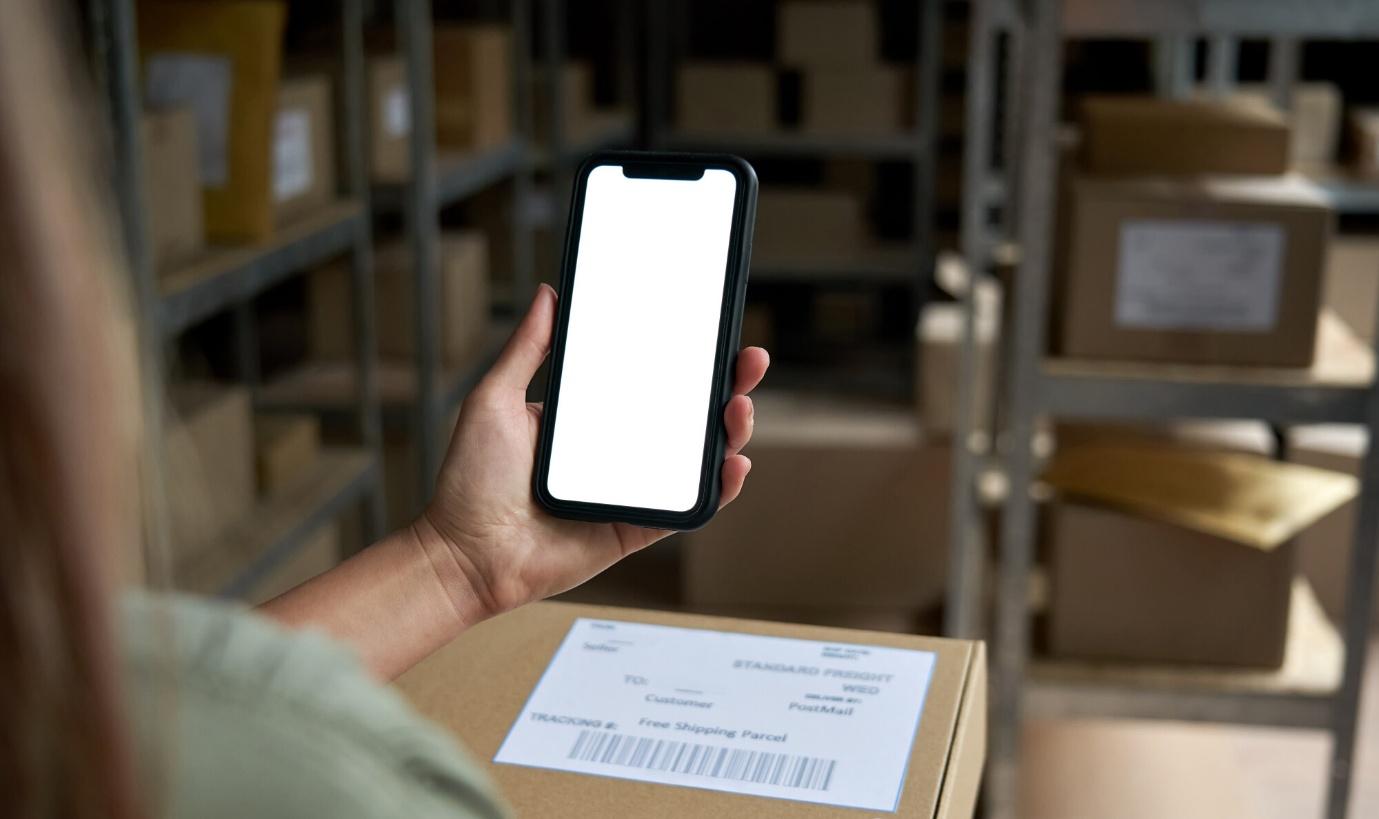Managing inventory efficiently is crucial for retail success, yet it can be a complex task. Have you ever wondered how businesses ensure they never run out of stock while avoiding excess? This is where inventory management in retail plays a key role. With the right practices, retailers can boost customer satisfaction and improve profits. In this guide, we’ll explore the best strategies and tools to optimize your inventory process. Learn how to track stock, forecast demand, and streamline your operations. Get ready to transform your inventory management approach. Keep reading for expert tips!
Understanding Inventory Management in Retail
In retail, inventory management is the process of keeping an eye on and managing the flow of goods in your store. It involves keeping track of goods from the time they are bought or made until they are sold.
Managing your inventory well helps you keep the right amount of stock on hand, which keeps costs low and makes sure customers can always find what they need. It also helps you make the best use of the space in your warehouse and storage areas.
With the right inventory management system, you can figure out what people will want to buy and make smart buying decisions. It’s an important part of retail strategy that helps the business succeed as a whole.
Managing your inventory is important whether you run a small shop or a big retail chain. If you don’t, you could waste money and lose sales.
The Role of Stock Control in Retail
Controlling stock is an important part of managing inventory in stores. It means keeping track of what’s in stock, when to restock, and making sure there aren’t any items that are too many or too few.
Good stock control keeps money from getting stuck in too much inventory, which can cause storage costs that aren’t necessary. Regular stock audits are important for finding problems between what is actually in stock and what is recorded as being in stock.
Modern inventory tools that give you data and alerts in real-time have made it easier to keep track of your stock. Businesses can give their customers a better experience by always having the products they need when they need them if they keep track of their stock well. Controlling stock also lowers the chance of theft and spoilage, especially for goods that go bad quickly.
Choosing the Right Inventory Tools for Your Business
Inventory tools are pieces of software that can help you keep track of your stock more effectively. These tools have many features, such as tracking in real-time, automated reorder alerts and detailed reports.
With the right tool, keeping track of products is easier because the whole inventory process can be sped up. There are a lot of inventory tools on the market, from easy-to-use systems to complex business solutions.
Pick a tool that works for your business and its size. Some tools can connect to your supply chain software and tools can connect to your point of sale (POS) system.
Take the time to think about your current and future business needs before making a choice. If you have the right inventory tool, you’ll save time and make fewer mistakes, which will help things run more smoothly.
Managing Supply Chain to Support Inventory Goals
Products get to your store on time and in the right amount thanks to your supply chain. For inventory levels to stay high enough to meet customer demand, the supply chain must be skillfully managed.
Managing lead times and avoiding delays are all part of coordinating with suppliers. Good stock control comes from having a smooth supply chain that cuts down on stockouts and extra inventory.
Making sure that products arrive in good condition is one of the hardest parts of managing the supply chain. This is especially true for fragile items or items that need to be handled in a certain way.
The best way to keep your inventory moving smoothly is to work with dependable suppliers and vendors. You can find problems early on by using technology to keep track of shipments and keep an eye on how the supply chain is working.
Automating Your Inventory Management Process
Automation is one of the best ways for stores to make managing their inventory easier. Businesses can save time and avoid mistakes by automating tasks like making invoices, counting stock, and placing orders.
Inventory management software can reorder goods automatically when they run out below a certain level. This feature is very helpful for keeping supplies from running out.
Using barcodes can also make it faster to keep track of inventory. By automating tasks, you can get more accurate data and see your stock levels in real-time.
Setting up automation systems might cost money at first, but the savings in time, money, and mistakes that happen over time far outweigh the costs. Not only does automation make it easier to manage inventory, it also makes the whole business run more smoothly.
Regular Inventory Audits
It is very important to do regular inventory audits to make sure that the actual stock matches the recorded stock. This makes it easier to spot any mistakes and avoid problems like theft, damage, or loss.
Physical counts, cycle counts, and spot checks are some of the ways that audits can be done. How often you get audited depends on how big and complicated your store is.
By doing regular audits, you can find products that aren’t selling well and get rid of or discount them to make room for more popular ones. Audits also help you find mistakes in your inventory records that could affect how you plan your stock and manage your orders. Regular audits make sure that the data you’re working with is correct and up to date.
Using Barcode Systems for Accurate Tracking
One of the easiest and most useful ways for stores to keep track of their stock is with barcodes. You can keep a correct count of your stock by scanning items at different times, like when they arrive, when they’re sold, or when they’re moved.
Barcode API systems get rid of the need to enter data by hand, which speeds up the process and cuts down on mistakes. When you scan a barcode, real-time updates are sent directly to your inventory system, so you can see right away how much stock you have.
Barcode systems also work well with other inventory tools, which makes it easy for different parts of a business to talk to each other. They also help organize stock and make the process of taking stock easier.
Managing Product Returns and Exchanges
Returns and exchanges are normal in retail, but they can make it harder to keep track of your inventory. It is important to have a clear and quick way to handle returns, especially when it comes to restocking or getting rid of broken items.
When a customer returns an item, it’s important to check it over before putting it back into stock. For instance, broken items should be marked so that they can be sent back to the supplier or thrown away.
Keep good records of the things that are returned, and make sure that your inventory is updated to reflect these changes. Having a policy for restocking returns makes sure that items are quickly put back on the shelves so they can be sold again.
Also, the same level of care should be used for product exchanges to avoid confusion or mistakes. Keeping track of returns and exchanges well will help you keep accurate stock levels and stop items that can’t be sold from piling up.
Leveraging Cloud-Based Inventory Systems
With a cloud-based inventory system, you can see your inventory data at any time, from anywhere. With these systems, you can check on stock levels without having to be in the store or warehouse.
Cloud-based solutions are great for businesses with more than one location because they let you manage your inventory from one place instead of having to do it at each location. You can keep an eye on products, look at detailed reports, and even use the most up-to-date information to make choices.
Because your data is stored safely in the cloud, cloud-based systems also lower the chance that you will lose it. Also, these systems often work with other business tools, like accounting and sales tracking software, to give you a full picture of how your business is running.
Cloud-based inventory systems are great for businesses of all sizes because they are flexible and don’t cost a lot of money. You get more freedom, accuracy, and ease of use when you use a cloud-based system.
Building Strong Supplier Relationships
How well you manage your inventory can depend a lot on how well you get along with your suppliers. When you have dependable suppliers, you can count on getting your goods on time and of good quality every time.
Talking to your suppliers regularly helps you stay up to date on stock levels, lead times, and any problems that might come up. When you build a strong relationship with someone, you can get better prices, which can lower your overall inventory costs.
It is also important to have backup suppliers in case your main supplier has problems. You can be sure that your inventory is always restocked on time if your supply chain works well.
Suppliers can also tell you a lot about product trends and help you guess how much demand there will be in the future. A good relationship with your suppliers makes things run more smoothly and helps you keep track of your inventory more effectively.
Reducing Stockouts with Demand Forecasting
Customers can be annoyed by running out of stock, which can hurt your business. To avoid them, it’s important to make accurate predictions about demand.
You can guess when certain items will run out by looking at past data and market trends. This lets you get more of the items before they run out.
When predicting demand, things like seasonality, sales, and how customers act are taken into account. Modern inventory tools let you automate a lot of the forecasting process, which makes it less likely that something will go wrong.
By correctly guessing what people will want, you can keep the right amount of stock on hand and make customers happier. Forecasting keeps you from running out of stock and saves you money by avoiding the costs that come with having too much on hand.
Tracking Key Performance Indicators (KPIs) in Inventory Management
Key performance indicators, or KPIs, are numbers that you can use to measure how well your inventory management is working. Inventory turnover rate, stockout rate, and order accuracy are all common KPIs.
By keeping an eye on these KPIs, you can see where your inventory management strategy could be better. For instance, a high rate of stockouts means that you need to improve how you forecast or reorder.
On the other hand, a high turnover rate could mean that your products are selling quickly, which could be a sign that you should grow. You can tell how well your inventory strategy is working by looking at your KPIs regularly.
Improving Inventory Visibility Across Channels
In today’s multichannel retail world, it’s important to be able to see all of your inventory across all of your sales channels. Knowing what you have in stock and where it is located is important whether you’re selling online, in a store, or through a third-party marketplace. This will help you avoid overselling and running out of stock.
With real-time inventory management systems, you can see what’s in stock across all channels, which makes it easier to keep track of your stock levels. If you connect your inventory and sales systems, any changes you make will be automatically seen on all platforms. By making things more visible, you can give customers more accurate information about what products are available.
Mastering Inventory Management in Retail for Success
Inventory management is very important in retail for keeping things running smoothly and making sure customers are happy. Businesses can make the most of their stock levels by using reliable inventory tools, good stock control, and demand forecasting.
Errors and waste can be cut down with regular audits and a well-run supply chain. Using technologies like barcode scanning systems makes keeping track of inventory easier.
These strategies help businesses grow and make money. Using the best methods for inventory management in retail will help you do well.
Did you like this guide? Great! Browse our website for more!





























